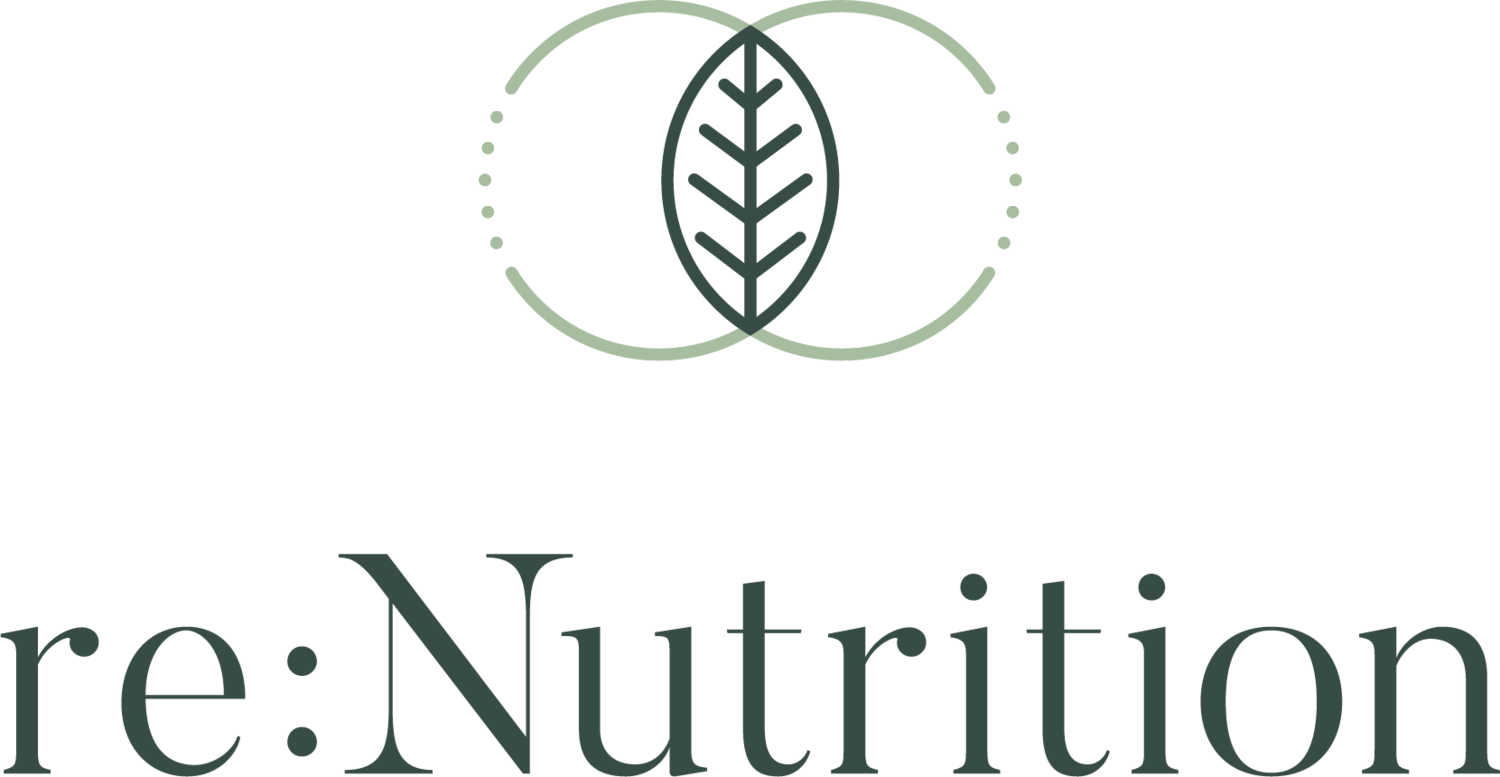Spotlight on: Turmeric
Turmeric, a spice that everyone is talking about. Reportedly a natural mood-booster, pain reliever and weight-loss aid. So, should we all be eating more curry? This month’s spotlight investigates.
Turmeric (or curcuma longa) is the golden-yellow spice from the turmeric plant. It has been used for centuries in herbal and Ayurvedic medicine and has drawn modern attention due to its purported health properties.
The health benefits of turmeric have been extensively researched, particularly the antioxidant and anti-inflammatory effects of the bright yellow plant phenol found uniquely in turmeric, curcumin.
In the research, curcumin has demonstrated significant potential particularly in improving cognitive function, memory and mood. A meta-analysis of 6 clinical trials involving 377 patients with depression, concluded that curcumin was clinically effective at reducing the symptoms of depression and anxiety.
Curcumin has also been reported to provide effective pain relief in patients with osteoarthritis, an effect that was equal to non-steroidal anti-inflammatory drugs (NSAIDS) ibuprofen and diclofenac. Interestingly patients in these studies reported weight-loss alongside their improvement in join function, an effect which has also been observed in other clinical trials.
So just how does curcumin achieve these health benefits? Cognitive function declines with age and is associated with oxidative-stress in the body. Curcumin is thought to exert an antioxidant effect by scavenging for harmful reactive substances such as malondialdehyde, whilst simultaneously increasing levels of super-oxide dismutase, an enzyme critical to the body’s natural antioxidant defence.
Curcumin has also been reported to modulate pro-inflammatory substances in the body such as cytokines and c-reactive protein, which may explain its anti-inflammatory capability in inflammatory conditions such as depression and osteoarthritis.
So, can we improve our mood and banish brain-fog simply by sipping turmeric lattes and eating more curries? If only it was that easy. For starters, curcumin is only present at low levels in the turmeric available to buy (fresh or ground), ranging from 3-8%. And, even in purified form, curcumin has low, bioavailability meaning it is poorly absorbed and therefore unlikely to reach its target.
Typically, researchers use concentrated doses of curcumin alongside other ingredients, which when combined together help to increase the bioavailability of curcumin. Piperine for example, a compound found in black pepper, can increase the bioavailability of curcumin by 2000%. So, it is vital, if you are looking for an effective curcumin supplement that you obtain the correct formula and dose for you. Working with a registered nutritional therapist is advisable.
This doesn’t mean that you cannot enjoy fresh or ground turmeric as part of your diet. Spices like turmeric are a great way of adding flavour to your food without the need for added salt or sugar. Here are some turmeric recipes that we think you will enjoy. Get in touch and let us know what you think.
BBC Good Food’s Turmeric latte
Jamie Oliver’s Spiced turmeric & lemon BBQ chicken
Waitrose’s Turmeric dhal with spinach




